Companion Vegetables That Will Make Your Tomatoes Thrive
Companion Vegetables That Will Make Your Tomatoes Thrive
Tomatoes are a popular garden vegetable that can be grown in many different climates. They are relatively easy to care for, but there are a few things you can do to help them thrive. One of these things is to plant companion vegetables nearby.
Companion planting is the practice of planting certain types of plants together in order to benefit each other. Some companion plants can help to improve the growth of tomatoes, while others can help to repel pests or diseases.
In this blog post, we will discuss some of the best companion vegetables for tomatoes. We will also provide some tips on how to plant and care for these plants together.
Benefits of Companion Planting
There are many benefits to companion planting. Some of the most common benefits include:
- Improved growth: Companion plants can help to improve the growth of tomatoes by providing them with nutrients, water, and shade.
- Repulsion of pests and diseases: Some companion plants can help to repel pests and diseases that can damage tomatoes.
- Attraction of beneficial insects: Some companion plants can attract beneficial insects, such as ladybugs and pollinators, which can help to control pests and improve pollination.
- Increased biodiversity: Companion planting can help to increase the biodiversity of your garden, which can make it more resilient to pests and diseases.
Best Companion Vegetables for Tomatoes
There are many different companion vegetables that can be planted with tomatoes. Some of the most popular and effective companion plants include:
- Basil: Basil is a classic companion plant for tomatoes. It helps to repel aphids, spider mites, and whiteflies. Basil also enhances the flavor of tomatoes.
- Marigolds: Marigolds are another popular companion plant for tomatoes. They help to repel nematodes, tomato hornworms, and other pests. Marigolds also add a splash of color to your garden.
- Chives: Chives are a good companion plant for tomatoes because they help to repel aphids and other pests. They also add a flavorful garnish to tomatoes.
- Onions: Onions are a good companion plant for tomatoes because they help to repel nematodes and other pests. They also add a flavorful topping to tomatoes.
- Garlic: Garlic is a good companion plant for tomatoes because it helps to repel nematodes, tomato hornworms, and other pests. It also adds a flavorful seasoning to tomatoes.
- Lettuce: Lettuce is a good companion plant for tomatoes because it helps to suppress weeds and improve soil aeration. It also provides shade for tomatoes during hot weather.
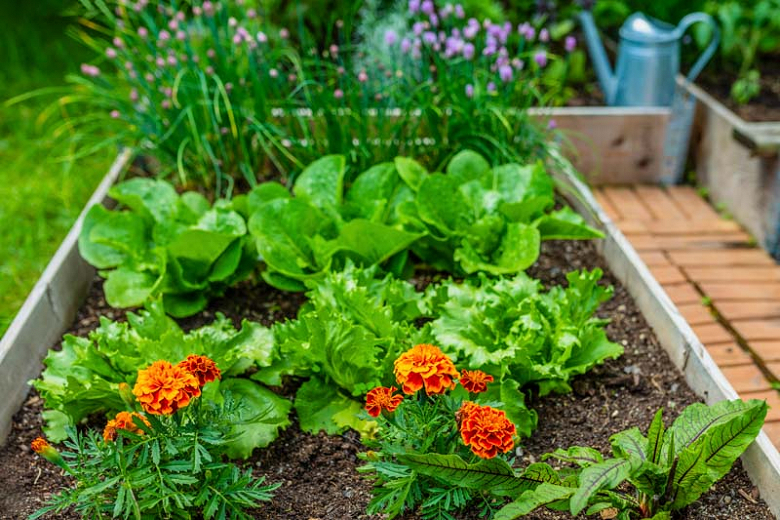
- Peas: Peas are a good companion plant for tomatoes because they help to fix nitrogen in the soil. This can help to improve the growth of tomatoes.
- Spinach: Spinach is a good companion plant for tomatoes because it helps to suppress weeds and improve soil aeration. It also provides shade for tomatoes during hot weather.
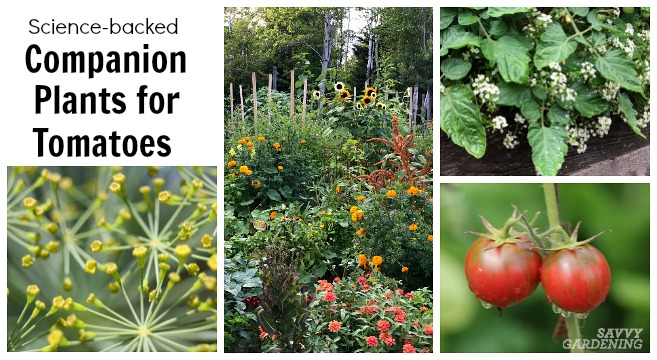
How to Plant Companion Vegetables with Tomatoes
When planting companion vegetables with tomatoes, it is important to consider the size and growth habit of each plant. Tomatoes can grow quite large, so it is important to plant smaller companion plants nearby. You should also plant companion plants that have similar water and sunlight requirements.
Here are some general tips on how to plant companion vegetables with tomatoes:
- Plant companion vegetables in the same row as tomatoes, or in the rows next to or behind them.
- Space companion plants according to their mature size.
- Water companion plants and tomatoes regularly.
- Fertilize companion plants and tomatoes as needed.
Conclusion
Companion planting is a great way to improve the growth and health of your tomatoes. By planting the right companion vegetables nearby, you can help to repel pests and diseases, improve pollination, and increase the overall health of your garden.
If you are new to companion planting, start by planting a few of the companion vegetables listed above. With a little experimentation, you will be able to find the perfect companion plants for your tomatoes and create a thriving garden.
Tomatoes are a delicious and versatile vegetable that can be enjoyed in many different ways. But did you know that certain companion vegetables can help to improve the growth and health of your tomato plants?
For example, basil is a classic companion plant for tomatoes. It helps to deter pests and attract beneficial insects, and its strong scent can also help to mask the smell of ripe tomatoes, making them less attractive to pests. Other good companion plants for tomatoes include marigolds, garlic, onions, and asparagus.
If you're interested in learning more about companion planting for tomatoes, I recommend visiting Gardenia Inspiration. This website has a wealth of information on the topic, including lists of the best companion plants for tomatoes, as well as tips on how to plant and care for them.
FAQ of companion vegetables for tomatoes
- What are the best companion plants for tomatoes?
Some of the best companion plants for tomatoes include:
- Basil: Basil is a classic companion plant for tomatoes. It helps to repel pests such as aphids, tomato hornworms, and whiteflies. It also improves the flavor of tomatoes.
- Marigolds: Marigolds help to repel nematodes, which are soil-dwelling worms that can damage tomato roots. They also attract beneficial insects, such as ladybugs and lacewings, which prey on tomato pests.

- Cucumbers: Cucumbers help to suppress weeds and improve air circulation around tomato plants. They also benefit from the shade provided by tomato plants.

- Peas: Peas fix nitrogen in the soil, which can help to improve the growth and productivity of tomato plants. They also help to suppress weeds.
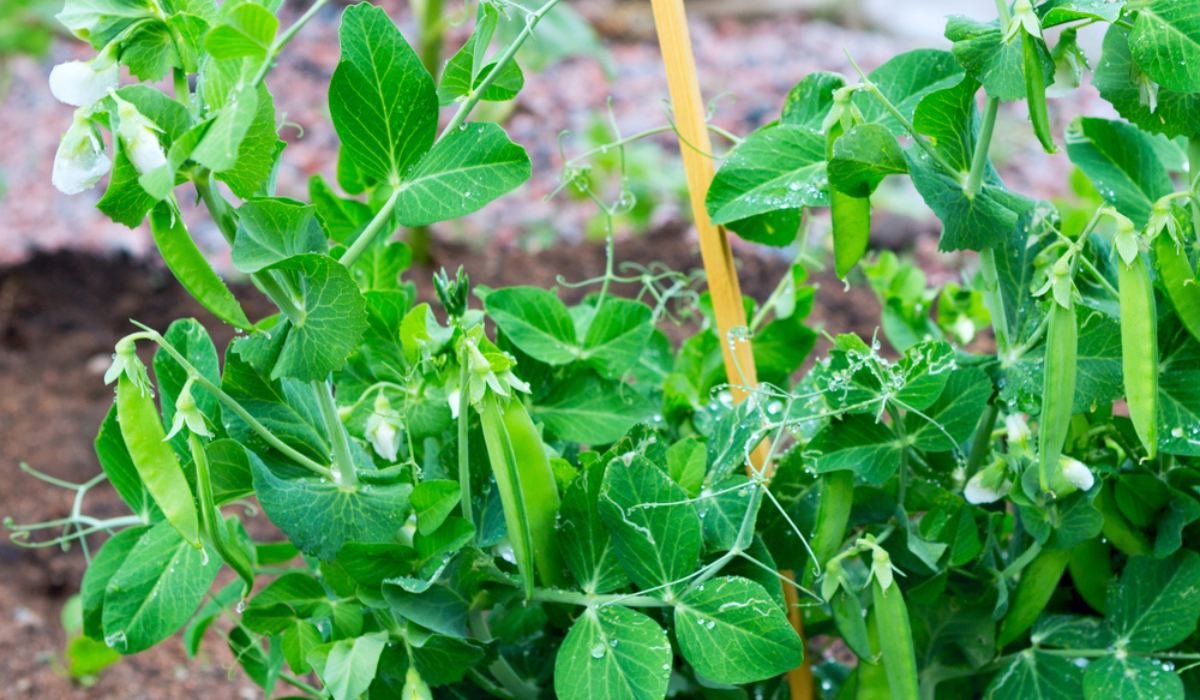
- Herbs: Many herbs, such as oregano, thyme, and chives, can help to repel pests and improve the flavor of tomatoes.
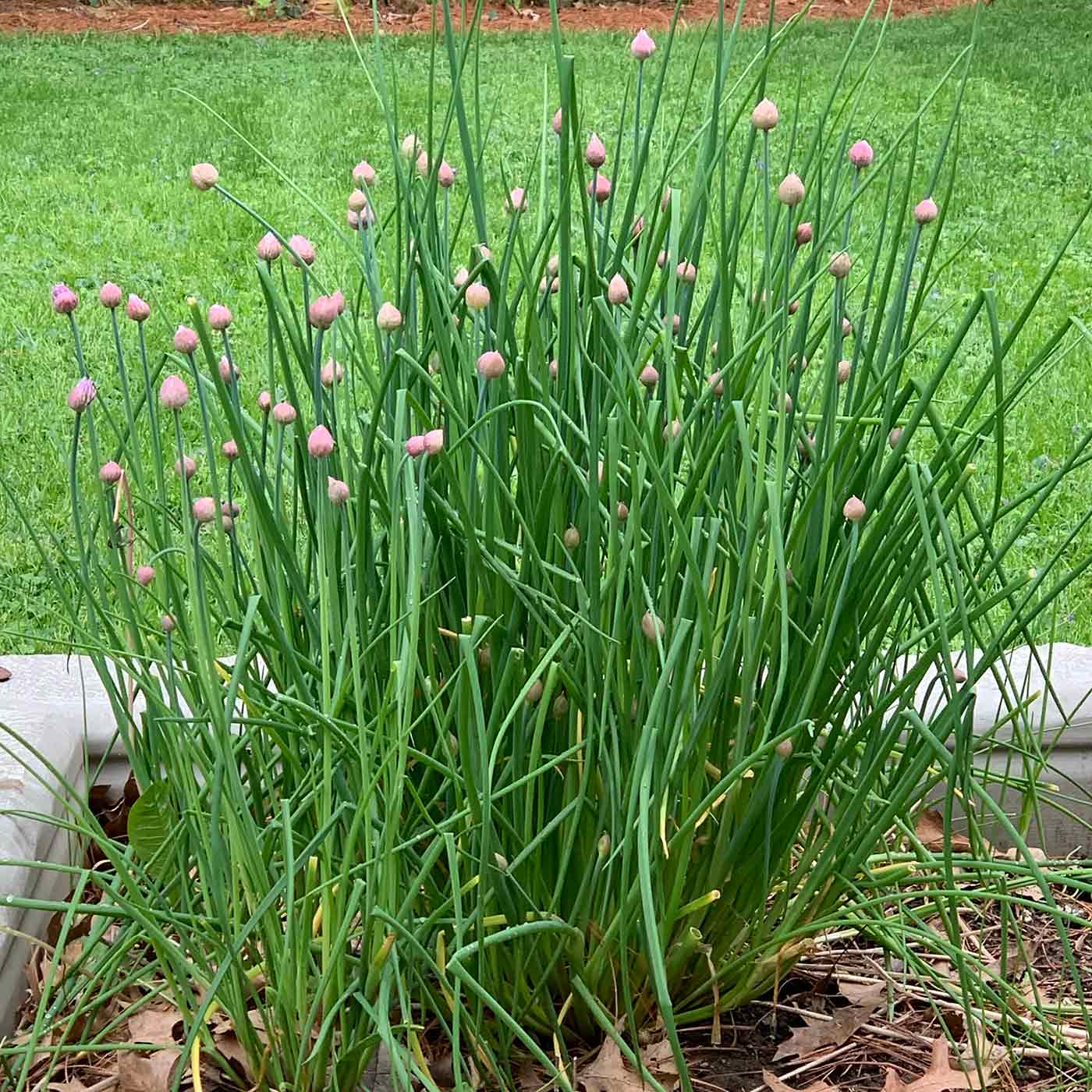
- What vegetables should not be planted near tomatoes?
Some vegetables that should not be planted near tomatoes include:
- Brassicas: Brassicas, such as broccoli, cabbage, and cauliflower, can compete with tomatoes for nutrients and water. They can also harbor pests and diseases that can damage tomato plants.

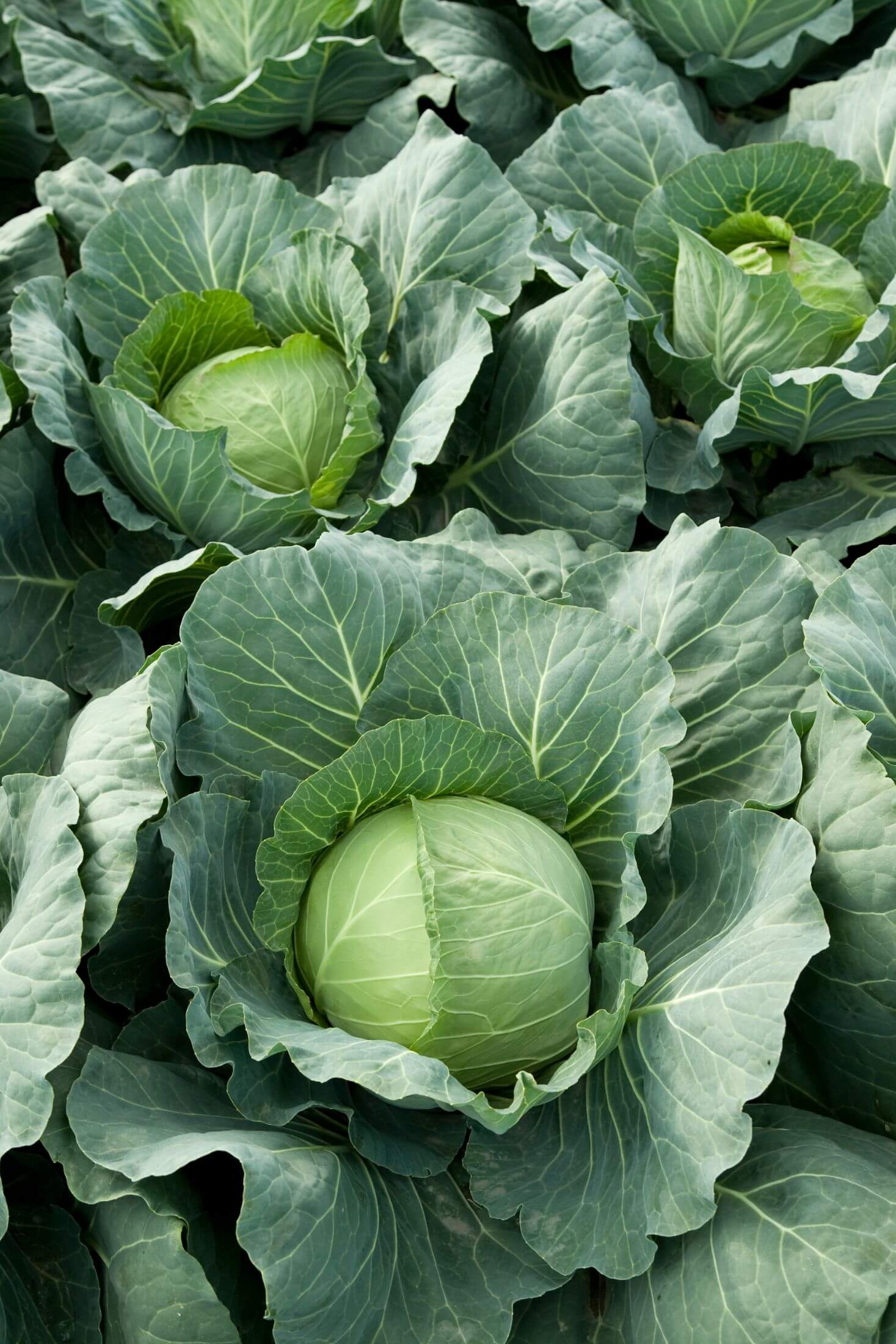
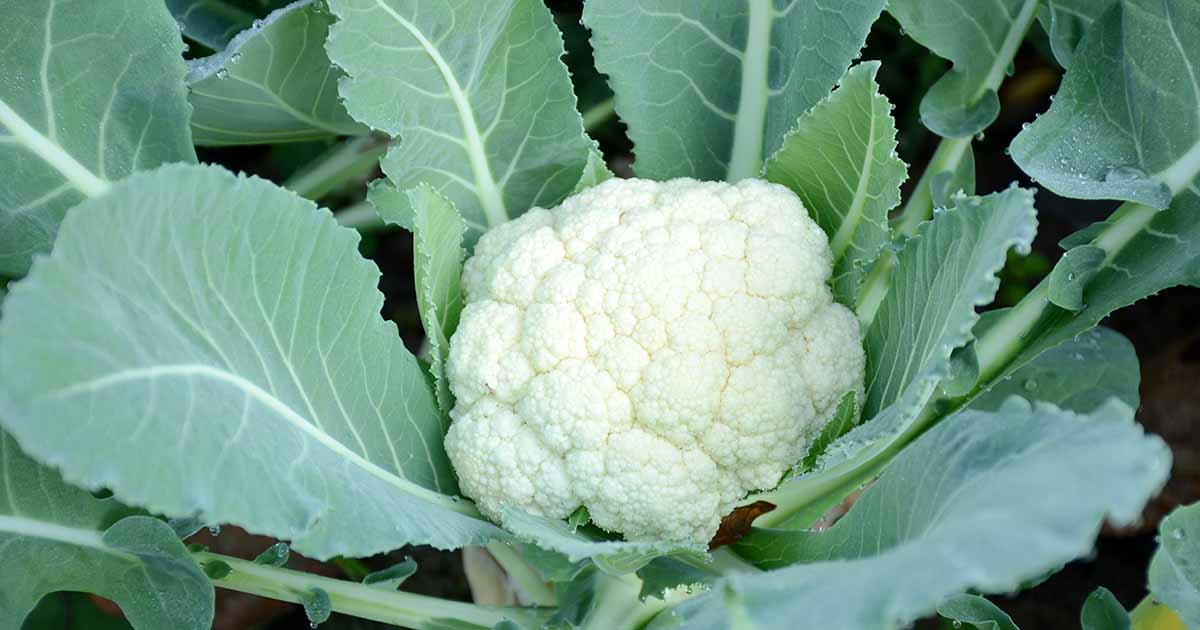
- Eggplant: Eggplant is a member of the nightshade family, like tomatoes. Planting them together can increase the risk of diseases.
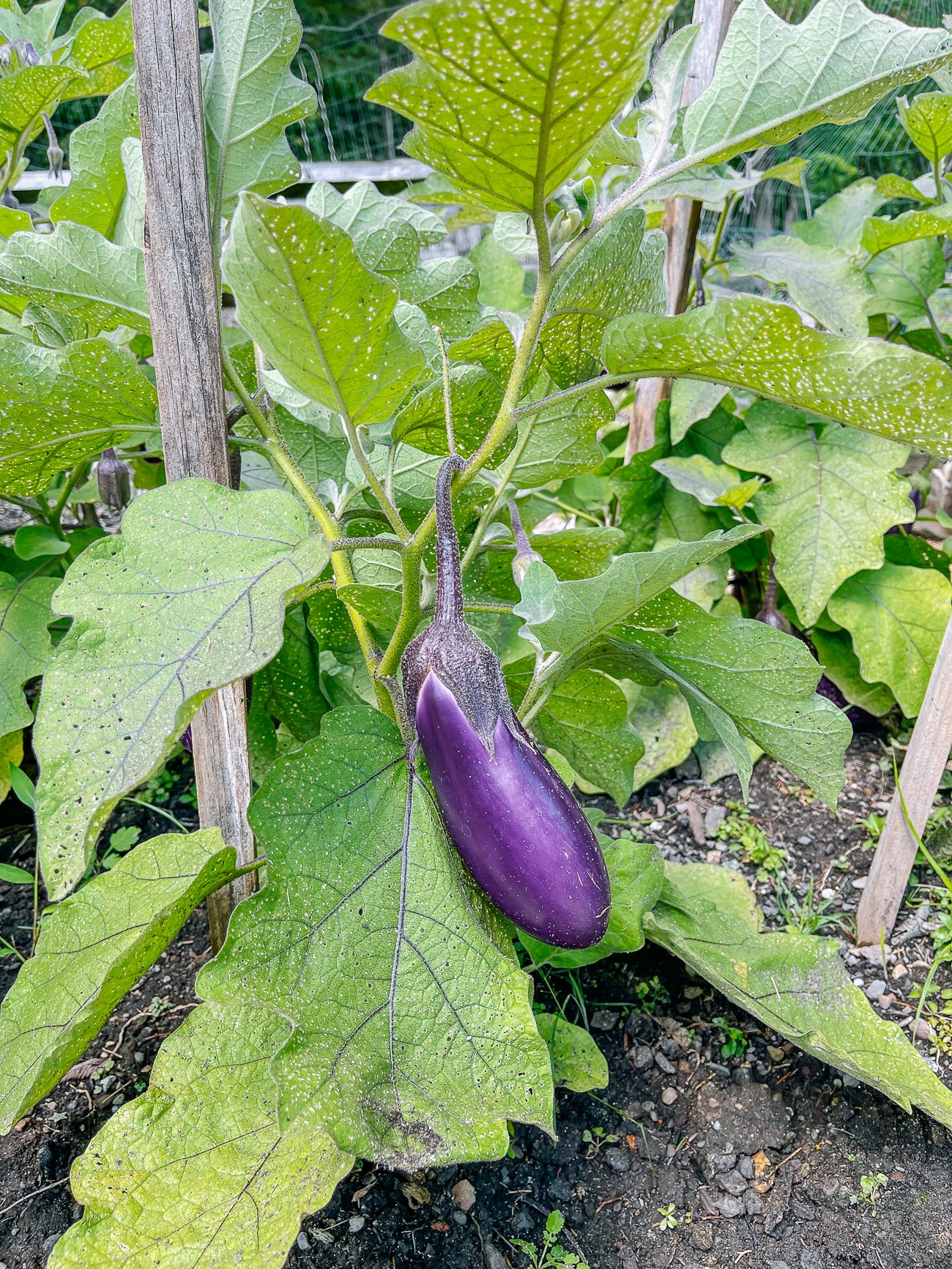
- Potatoes: Potatoes are also a member of the nightshade family. Planting them together can increase the risk of diseases.

- Fennel: Fennel can release a chemical that can stunt the growth of tomato plants.
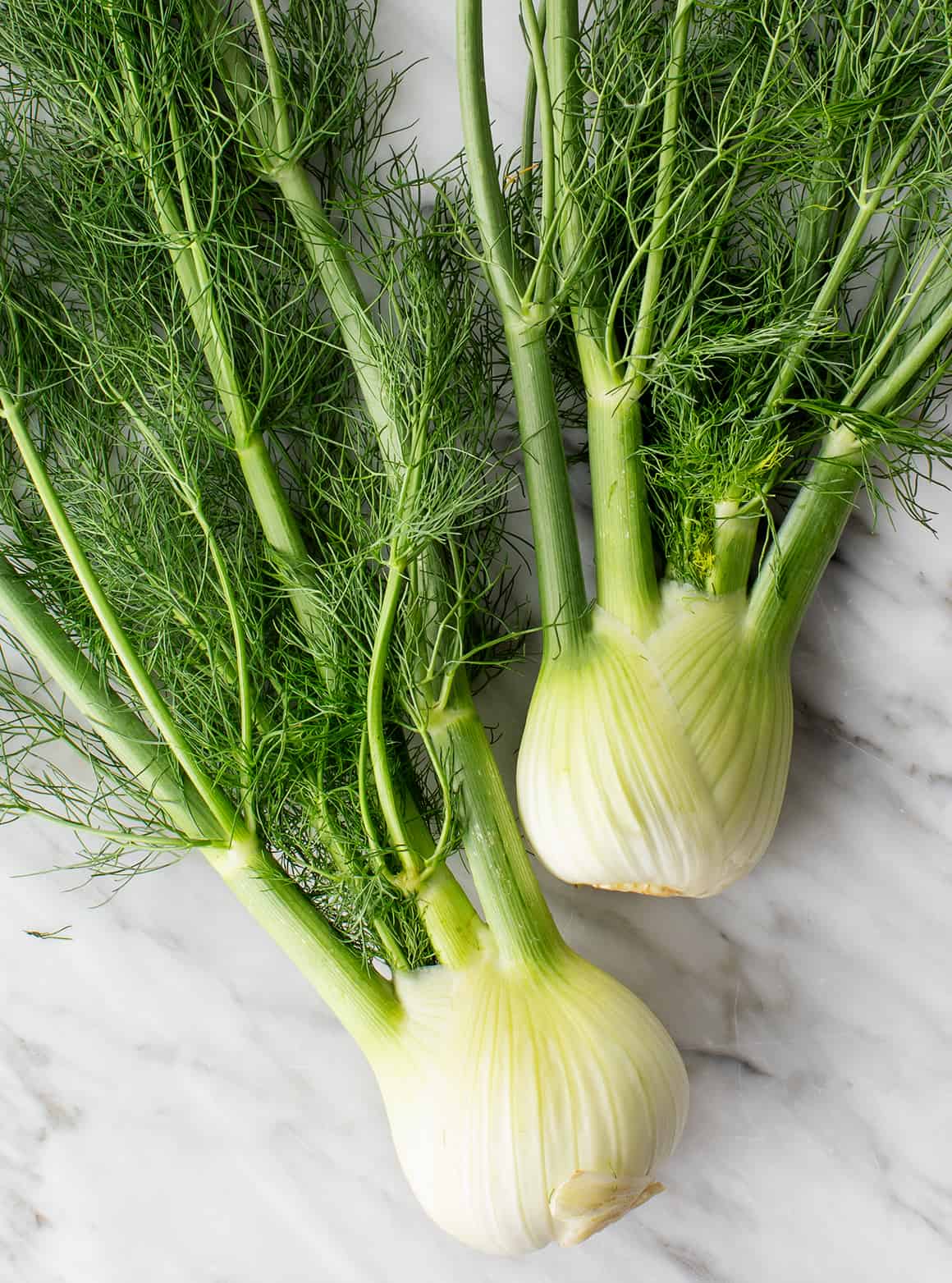
- Walnuts: Walnut trees release a chemical that can inhibit the growth of tomato plants.

- How far apart should tomato plants be planted?
Tomato plants should be planted at least 2 feet apart. This will give them enough space to grow and spread out. If you are planting determinate tomatoes, which have a limited growth habit, you can plant them closer together, about 18 inches apart.
- How much sunlight do tomato plants need?
Tomato plants need at least 6 hours of full sun per day. If you live in a hot climate, you may need to provide some afternoon shade.
- How much water do tomato plants need?
Tomato plants need regular watering, especially during hot, dry weather. Water them deeply, so that the water reaches the roots. Allow the soil to dry out slightly between waterings.
Image of companion vegetables for tomatoes
5 different images of companion vegetables for tomatoes from Pinterest:
- Basil: Basil is a classic companion plant for tomatoes. It helps to repel tomato pests such as aphids and whiteflies.
- Cucumbers: Cucumbers and tomatoes can be planted together because they have similar growing requirements. They also help to shade the soil around the tomatoes, which can help to prevent diseases.
- Marigolds: Marigolds are another great companion plant for tomatoes. They help to repel nematodes, which are a type of soil-dwelling worm that can damage tomato roots.
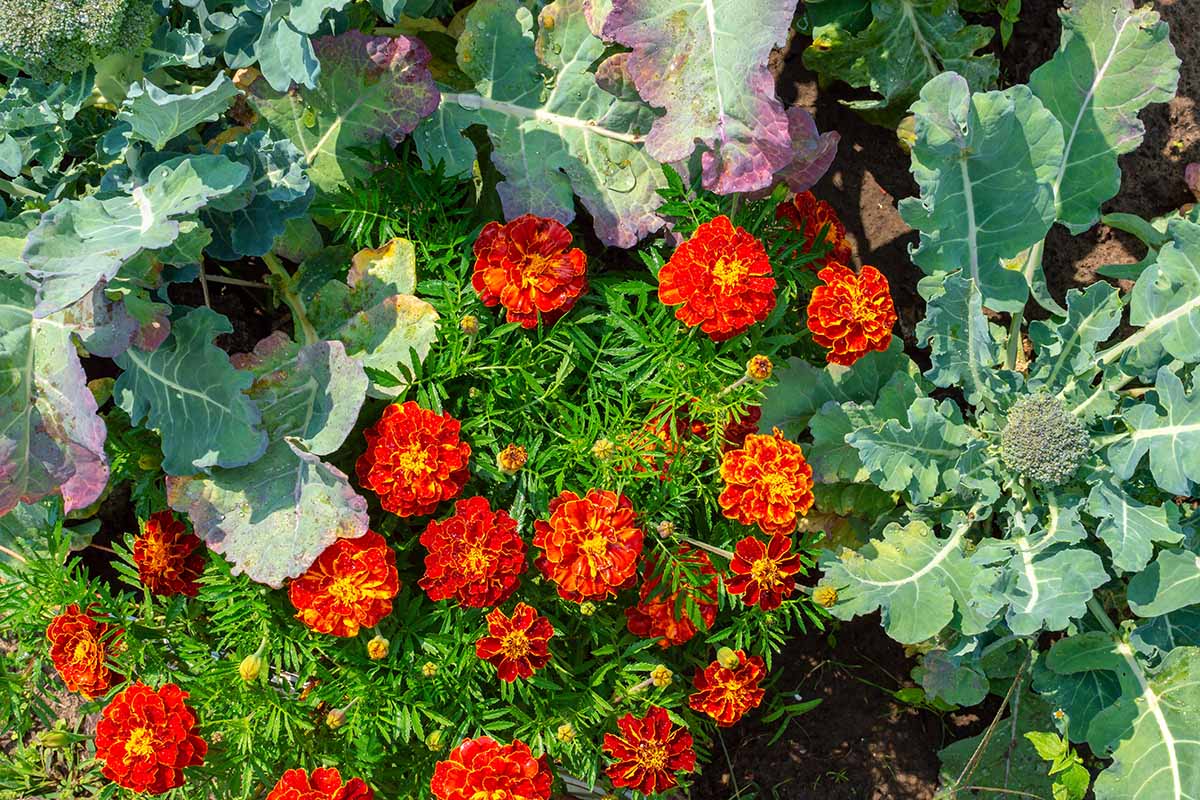
- Onions: Onions can help to repel tomato pests such as tomato hornworms. They also help to improve the flavor of tomatoes.
- Spinach: Spinach can be planted around the base of tomato plants to help suppress weeds. It also helps to improve the soil quality, which can benefit the tomato plants.
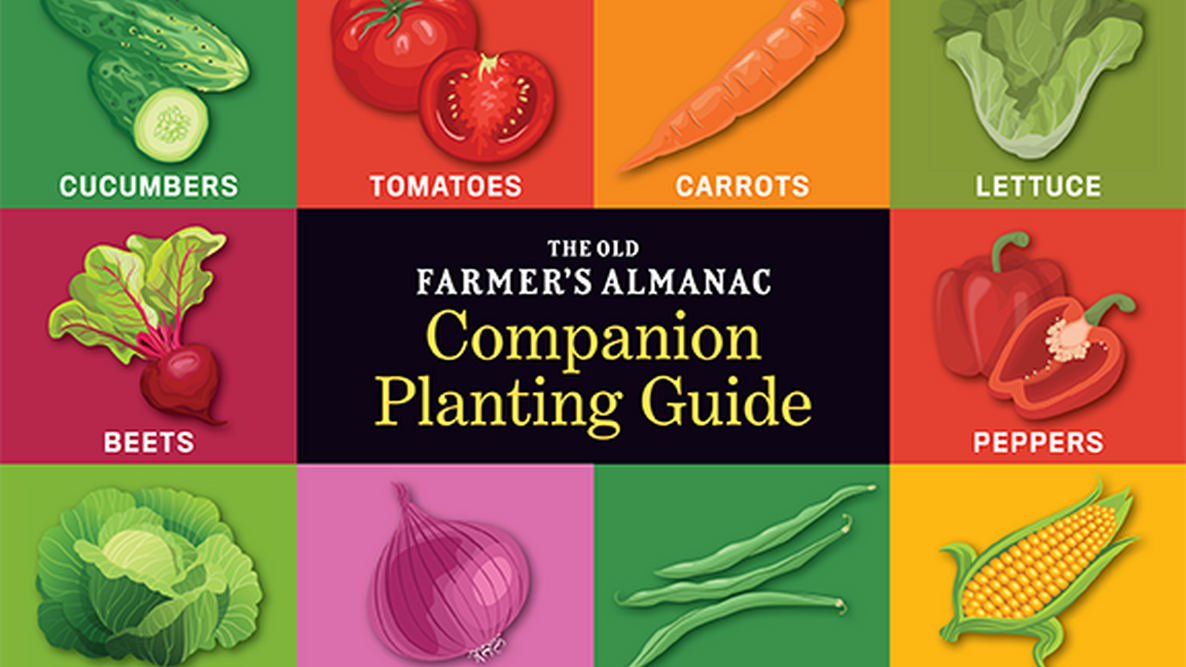
Post a Comment for " Companion Vegetables That Will Make Your Tomatoes Thrive"